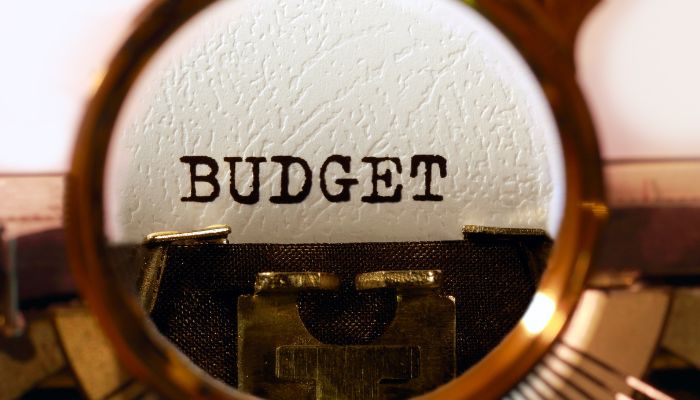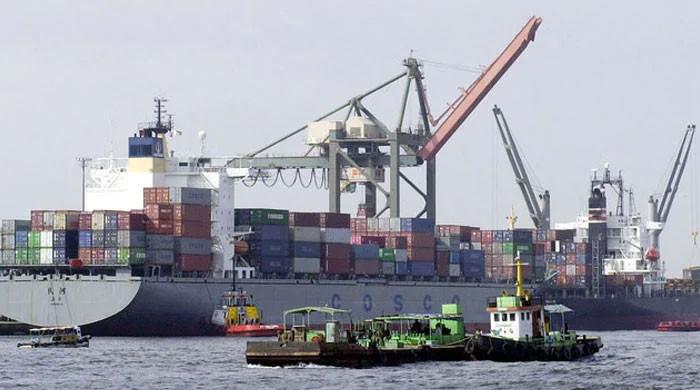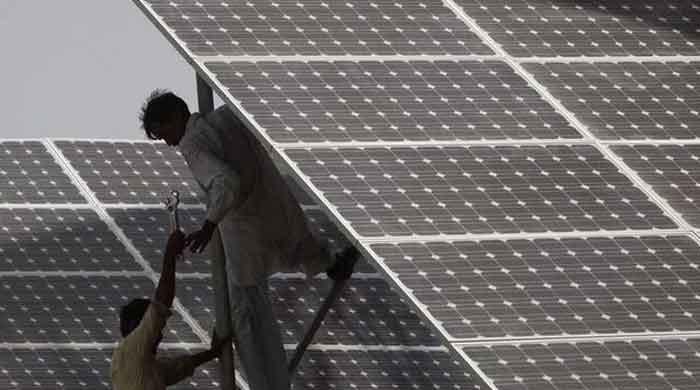News analysis: What should budget 2023-24 be?
Upcoming budget cannot be yet another roundabout; it has to be an intersection, considering our serious state of affairs, writes Dr Khaqan Najeeb
June 07, 2023

The budget we present to the people of Pakistan on June 9 must be an honest conversation. It must convey that our perpetual weakness to reform burgeoning expenditures or repair domestic resource mobilisation (DRM) leaves the fiscal framework in a vulnerable position.
Budget 2023-24 must then convey a sense of taking corrective action. It must lay the foundations for building a robust economy and a fairer society. This is not an easy task and needs a courageous, astute and intellectually deep response from the government.
Pakistan’s 250 million people are eagerly looking towards the authorities to show determination to tackle the big challenges in the budget. Federal fiscal expenditures have gone out of whack — the growth in expenditures in FY23 is over 25% compared to a target of 3%.
Expenditure rationalisation for fiscal savings has become imperative. Pakistan’s revenue collection is equally challenged. The FBR’s tax-to-GDP ratio has fallen to just 8.6% in FY23. This takes us back to where Pakistan stood over a decade ago.
The gravity of fiscal distress for FY24 is simply alarming. The net receipts of the federal government, estimated at nearly Rs6,000 billion, fall significantly short of paying for even the interest payments due on our domestic and foreign debt.
The estimated interest payments are expected to cross Rs7,500 billion. Pakistan will have to borrow for all other expenditures including the running of civil government, pensions, defence, development, subsidies and grants.
Authorities need to strategically cut expenditure growth in all these budget heads to a very modest level. To counter the rising interest payments, we have to raise revenue from the abnormal profits being incurred in the financial sector.
We have allowed the country’s fiscal deficit to be persistently large — 7.9% in FY22 and estimated at 7.4% in FY23. This has led to severe consequences. It has put fiscal and debt sustainability at risk. The need to finance large deficits has ballooned government borrowing from the financial sector and has crowded out private investment.
Recurrent and large fiscal deficits have been harmful to the economy as they have fueled current account deficits and inflation in the country. Thus, the overarching principle for budget 2023-24 is to ensure a smaller fiscal deficit and achieve zero primary deficit — a key condition laid by the IMF.
The upcoming budget cannot be yet another roundabout; it has to be an intersection, considering our serious state of affairs.
Let me lay down the contours for framing the budget 2023-24 by addressing expenditure and revenue reforms. The principles for expenditure reform should ideally focus on adequate cost-of-living relief, which is responsible and affordable and prioritises those most in need.
This clearly must involve a rise in the income support programme by Rs250 billion, an increase in the minimum wage to Rs32,000 from Rs25,000, and pensions and salaries by 15%.
The private sector must follow suit. Crucially the budget must deliver historic reform on the expenditure side — including a framework of debt reprofiling, measures for saving through better public financial management including treasury single account, targeting of subsidies, a contributory pension system and monetisation of perks of housing and cars.
The budget must reduce federal spending by completing fiscal decentralisation and cutting outlays in provincial areas of responsibility. Recent research by the World Bank has highlighted a potential of Rs 643 billion of savings annually. The government must be bold enough to reduce spending on devolved areas that are the domain of the provinces.
Provinces must step forward to chip in support of the vulnerable, especially to hedge food inflation. Cost-sharing arrangements must be developed for spending on income support.
It is crucial, now more than ever, to seize opportunities that prioritise disadvantaged communities, particularly women, and place a strong emphasis on providing funds for investing in agriculture research and development for supporting productivity enhancement.
There should be a push to divest state-owned enterprises (SOEs). The country needs to stop bleeding the exchequer to keep inefficient SOEs alive despite being unviable entities. The country is in need of investment in soft infrastructure.
This can only happen if we are willing to reprioritise the development budget and reduce the large throw forward of over Rs12,000 billion. Overall, expenditure reforms must lay the foundations for growth by embracing efficiency in state-functioning, clean energy, and investing in value-adding industries, skills, technology, and small businesses.
The principles of DRM need to include tax policy and tax administrative measures in unison. They need to include equity and progressivity of taxes to ensure the burden of taxation falls on people based on what they earn. This means reducing exemptions and preferential treatments which are estimated at around Rs1,483 billion in FY22.
All incomes (rent, interest, dividends) need to be brought under one head and taxed at the marginal income tax rate. Raising direct taxes’ contribution to overall tax revenues will make the current tax system more equitable. We cannot expect to raise serious revenues without including sectors like agriculture, real estate, traders, and retailers in the tax net.
In addition, capital gains tax, inheritance tax and e-commerce — that remain out of the purview of mainstream taxation — must be brought centre stage.
This can have a significant impact on raising revenues with estimates varying from Rs700 billion to Rs1000 billion depending on the levied rates. Taxpayer compliance and enforcement remain to be the two weakest links for the Federal Board of Revenue (FBR), which has still not been able to fully leverage available data through a compliance risk management framework to identify, prioritise and mitigate risks.
Requisite legislation to ensure the integration of data, digitalisation and increased use of new technologies can further increase compliance and reduce the burden on taxpayers by offering a more seamless and frictionless taxation system.
The current tax gap is estimated at a minimum of 30% of the actual tax collected. Increased compliance could thus take the budget 2023-24 tax estimates from Rs9,500 billion to above Rs12,000 billion — a much-needed correction.
Short of filling the tax gap, the country will need to take measures of nearly Rs700 billion in new taxation to even reach Rs9,500 billion. The budget should include a legal requirement to conduct regular tax gap studies for value-added tax, corporate income tax, and personal income tax to measure the amount of tax revenues lost through non-compliance and policy decisions.
Let me thus say with unequivocal conviction that the above framework for reforming the budget is inevitable for Pakistan. In the absence of fiscal correctives, we will be forced to continue to contain current account pressures by limiting imports through administrative controls.
This is counterproductive and leads to a build-up of inflationary pressure, disruption of industrial production, and worsening export performance. The good news is that a fiscal turnaround is possible. We have tried to lay the contours for such a turnaround from a citizen’s perspective. The hope is to see part of the above agenda in budget 2023-24.
The writer is an economist and former adviser of the Ministry of Finance.











